Every year, approximately three-quarters of the world’s children experience some form of violence. Much of this violence occurs in the home: corporal punishment at the hands of parents or caregivers is the most common form. Close to 300 million children aged 2 to 4 regularly experience violent discipline by their caregivers.
Violence is often seen as an acceptable (or even necessary) approach to teaching children to behave, but research shows that early experiences of violence contribute to a wide range of negative physical, cognitive, developmental, and mental health consequences across the life course and increase the risk of a child perpetrating (boys) or experiencing (girls) violence later in life.
As with other types of violence, no single factor causes violence against children in the home. Risk factors include:
- Individual-level factors such as age, education, sex, income, and history of maltreatment
- Relationship-level factors such as a lack of emotional bonding, poor parenting practices, and family dysfunction
- Community-level factors such as poverty, low social cohesion, and unsafe physical environments
- Societal-level factors such as normative, political, and legal environments in which violence is normalised or accepted
Programmes that effectively address these common causes have high potential for reducing multiple forms of violence against children.
Strategies to address violence against children in the home include (from the World Health Organization’s INSPIRE framework):
- Creating safe and nurturing family environments and relationships
- Addressing gender inequities in relationships
- Changing cultural attitudes and practices that support the use of violence
- Ensuring that legal frameworks prohibit all forms of violence against children
- Providing access to quality response services for children affected by violence
- Eliminating the cultural, social, and economic inequalities that contribute to violence
- Closing the wealth gap and ensuring equitable access to goods, services, and opportunities
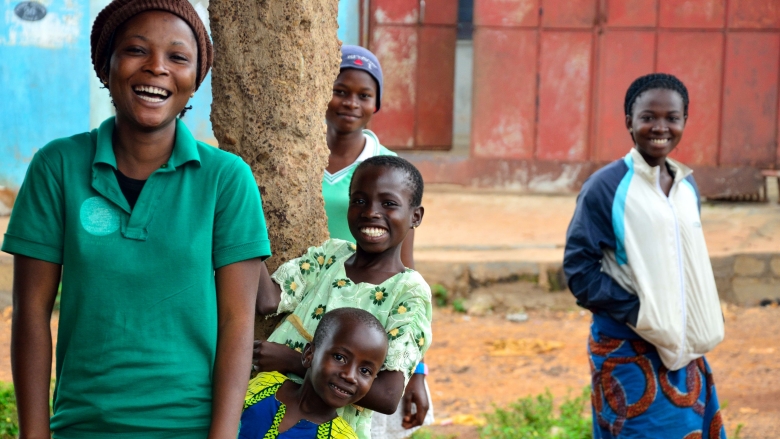
Legislating to Prevent Violence against Children: Corporal Punishment Bans Are Necessary but Not Enough

Seven Strategies for ending VAC: evidence-based technical package to reduce and prevent VAC aged 0-17 years
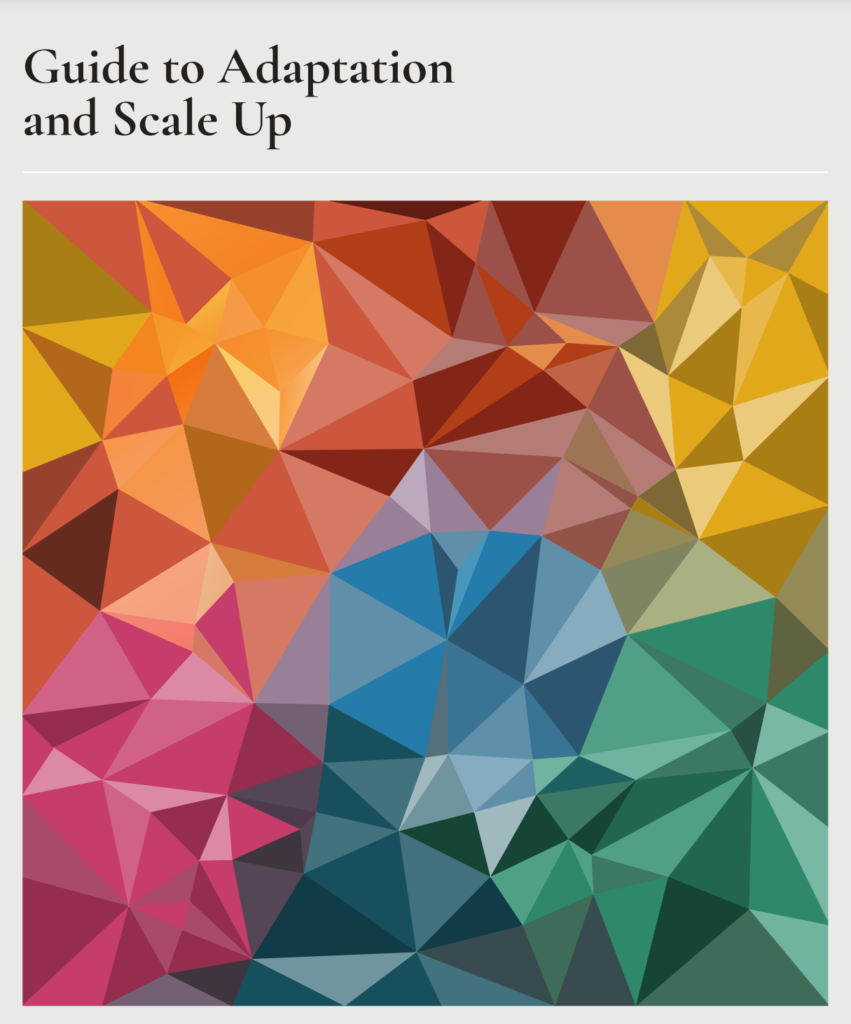
INSPIRE Adaptation and Scale Up Guide
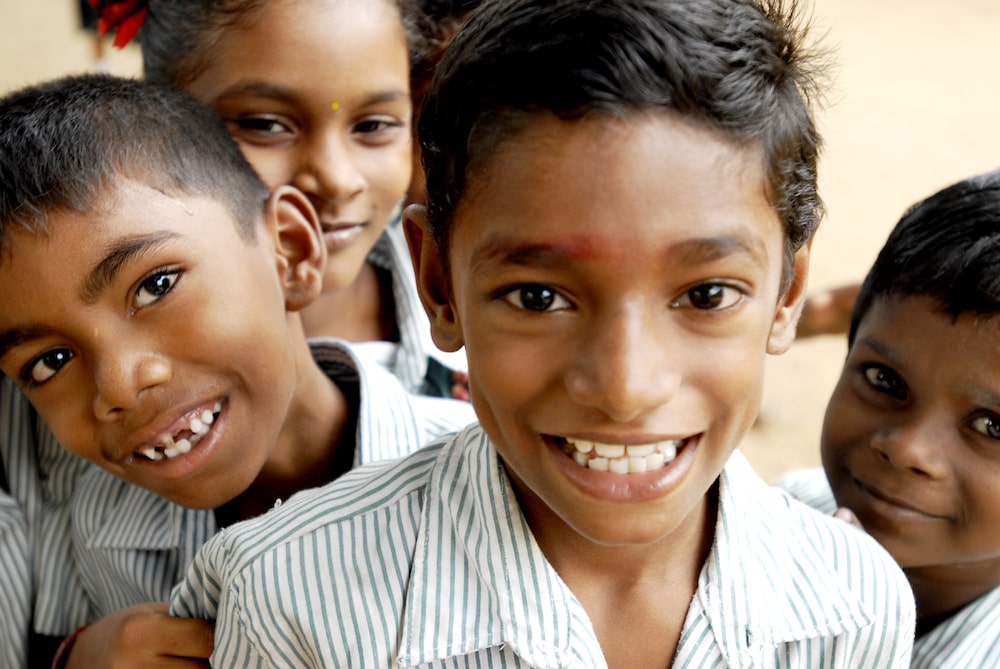
Gender Dimensions of Violence against Children and Adolescents
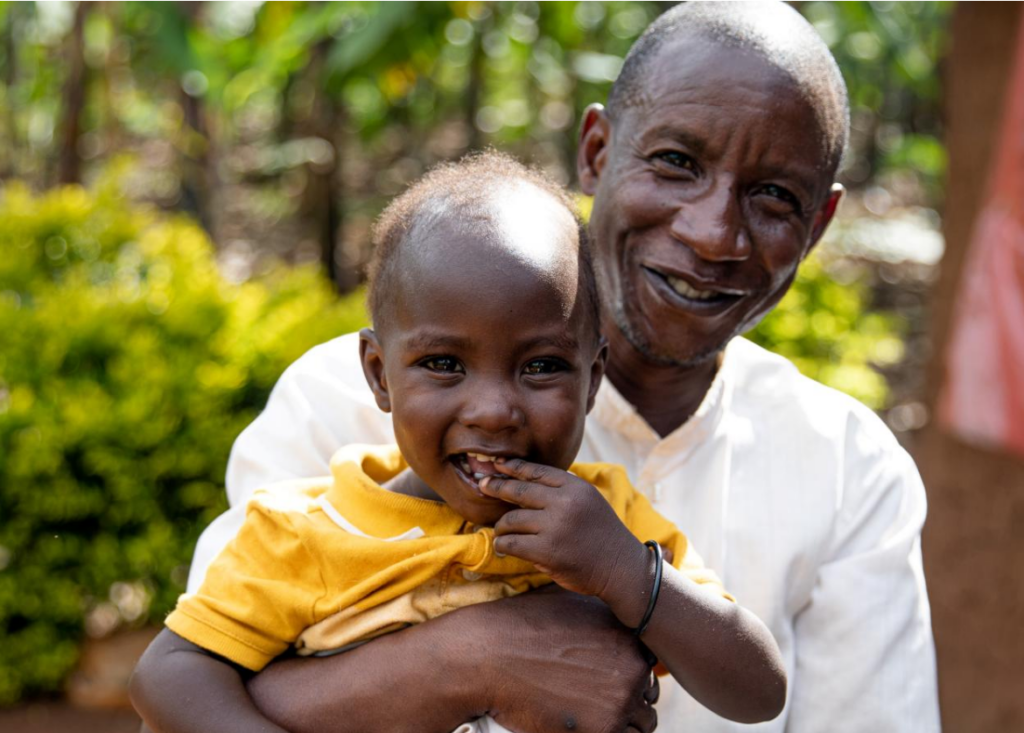
Interventions for Reducing VAC: Evidence and Gap map
Read the Research Brief Overview and Article
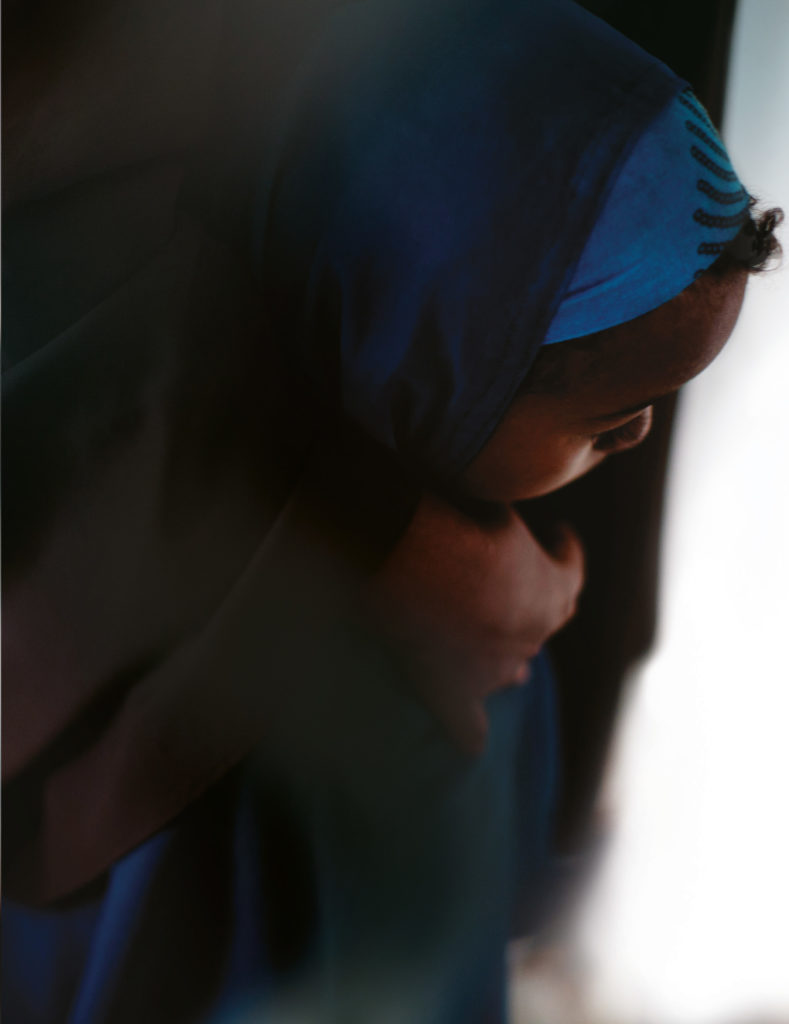
Violence in Childhood: Key Features
RESOURCE BY
UNICEFNearly 400 million young children worldwide regularly experience violent discipline at home
New data also reveal many young children are deprived of play, stimulation, and interaction with their parents and caregivers
